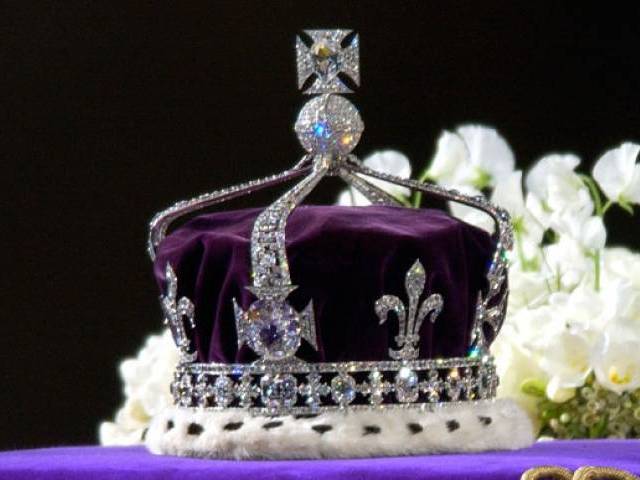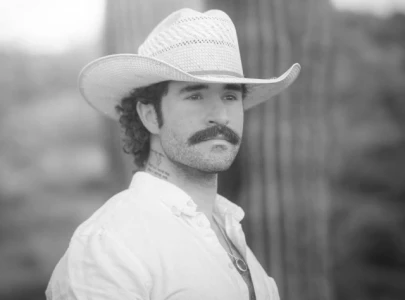
The court has directed the government to inform it about its stance till February 25. Barrister Javed Iqbal Jafree had filed the petition.
The government of Pakistan, like those of India and Afghanistan, has sought the return of the Koh-i-Noor from the UK in the past without any success.
In 1976, former prime minister Zulfikar Ali Bhutto wrote to the British government, asking it to return the diamond to Pakistan. James Callaghan, the then British prime minister, had then written to Bhutto, telling him not to claim the ownership of the diamond.
The government of India has also claimed the ownership of Koh-i-Noor. In 1947, it had asked for the diamond. In 1953, the year of the coronation of Queen Elizabeth II, it had renewed the request. Each time, the British government had refuted the claims, saying that ownership was non-negotiable.
In 2000, several members of the Indian parliament had signed a letter, demanding that the UK return the diamond to India. British officials said that a variety of claims meant that it was impossible to establish the gem’s original owner.
Later that year, the Taliban’s foreign affairs spokesman, Faiz Ahmed Faiz, had also demanded the Koh-i-Noor’s return, claiming that the diamond had been taken from Afghanistan to India and from there to Britain. “We have a much better claim than the Indians,” he had said.
In July 2010, while visiting India, British PM David Cameron had said: “If you say yes to one, you suddenly find the British Museum would be empty. I am afraid to say, it is going to have to stay put”.
In early 1310, Alauddin Khilji, the second ruler of the Turkic Khilji dynasty of Delhi Sultanate, had acquired the diamond from southern India. In 1526, it came into possession of Babar, who established Mughal Empire.
In 1658, the gem was presented to his successor, Aurangazeb, who got it cut, reducing the weight of the stone from 793 carats (158.6 g) to 186 carats (37.2 g).
Following the 1739 invasion of Delhi, Persian ruler Nader Shah had taken Koh-i-Noor with him. After the assassination of Nader Shah in 1747 and the collapse of his empire, the stone came into the hands of one of his generals, Ahmad Shah Durrani who later became the emir of Afghanistan. One of Ahmed’s descendants, Shuja Shah Durrani, had formed an alliance with the United Kingdom to help defend against a possible invasion of Afghanistan by Russia. He was quickly overthrown by Mahmud Shah, but managed to flee with the diamond to Lahore. In 1830, Maharaja Ranji Singh, the founder of the Sikh Empire, obtained the diamond from Shah.
On March 29, 1849, following the conclusion of the Second Anglo-Sikh War, the Punjab was formally made part of British India. All of Maharaja’s assets were ceded to the East India Company. The youngest son of Ranjit Singh, Duleep Singh, aged 13, travelled to the United Kingdom where he presented the jewel to Queen Victoria.
After consulting various mineralogists, Prince Albert, the husband of Queen Victoria, decided to have the Koh-i-Noor polished. On July 17, 1852, the cutting began. It took 38 days. Albert spent £8,000 on the operation which reduced the weight of the diamond by around 42 per cent, from 186 carats (37.2 g) to its current 105.6 carats (21.12 g).
Published in The Express Tribune, February 15th, 2016.




1737115370-0/fizza-(51)1737115370-0-165x106.webp)
1732012115-0/Untitled-design-(14)1732012115-0-270x192.webp)

















COMMENTS
Comments are moderated and generally will be posted if they are on-topic and not abusive.
For more information, please see our Comments FAQ